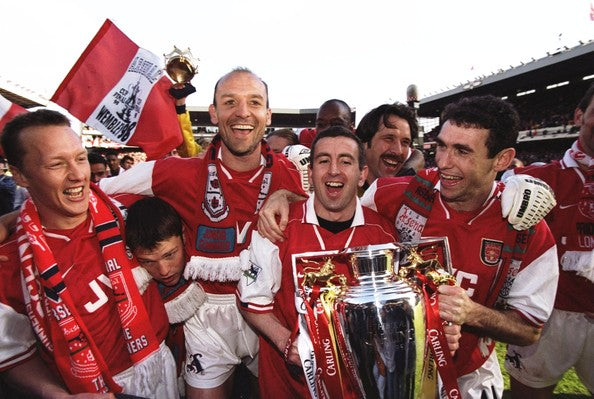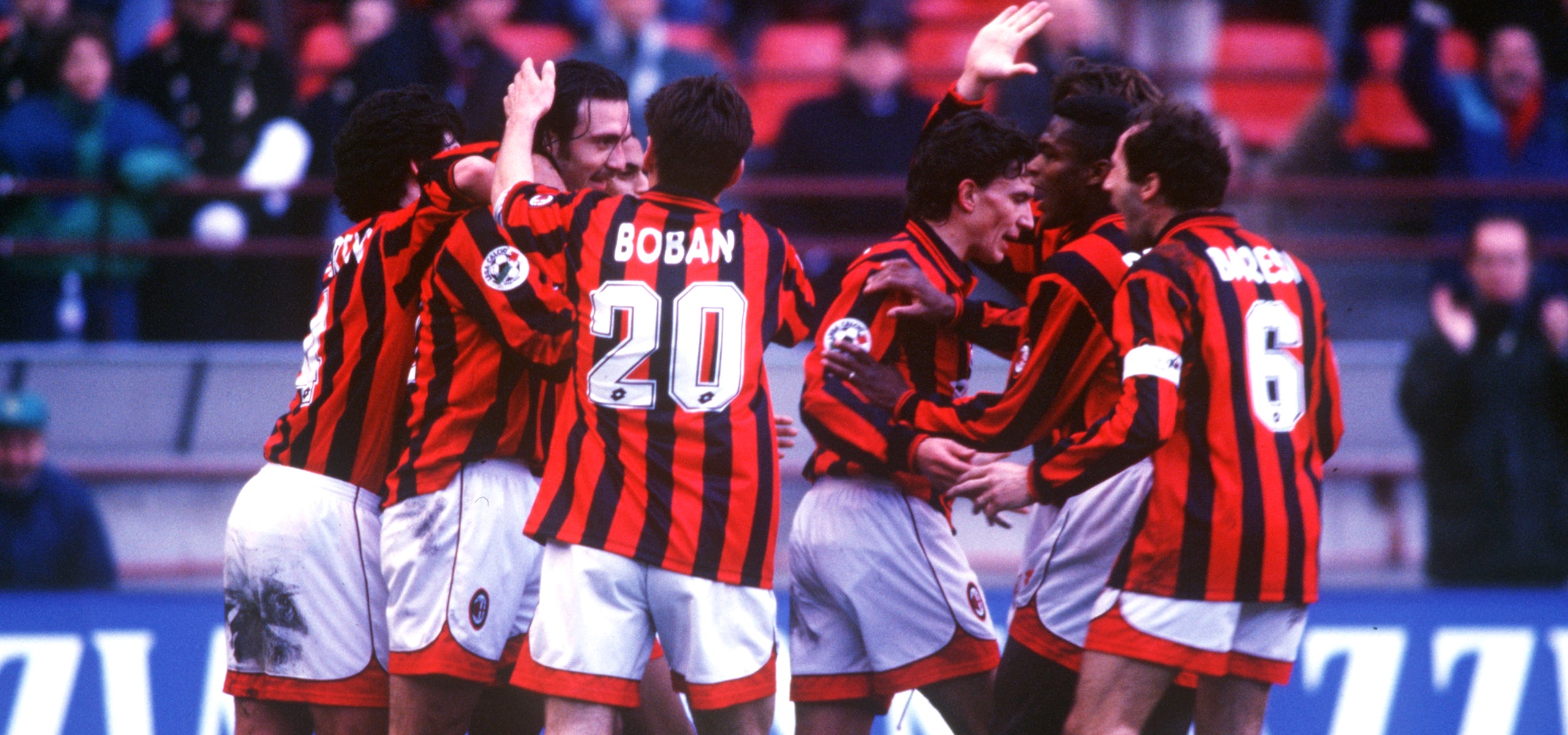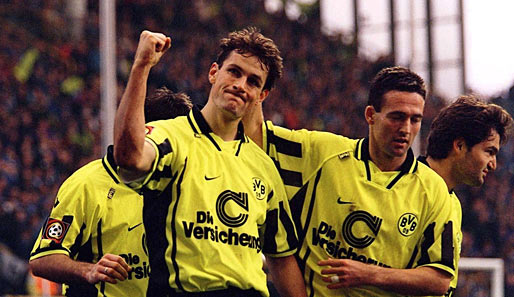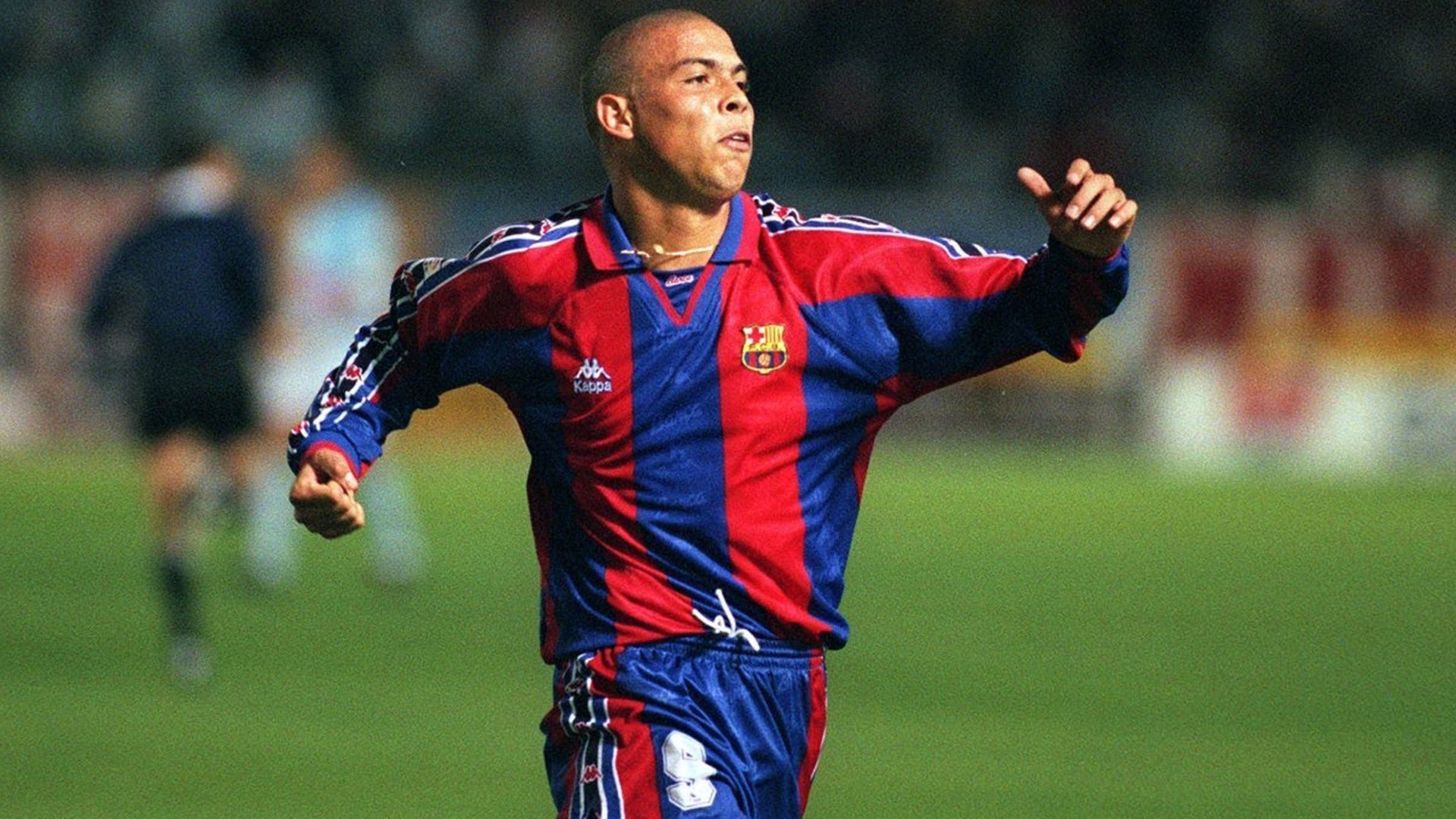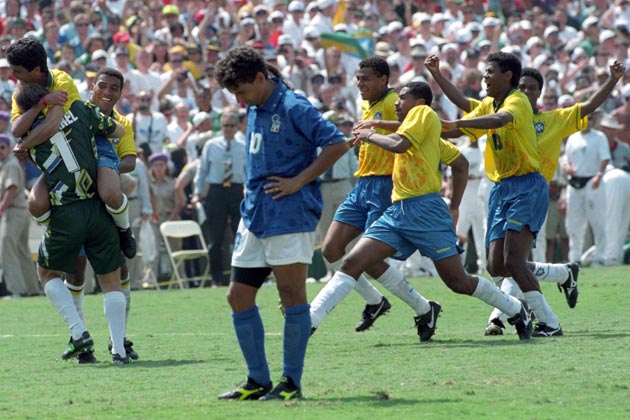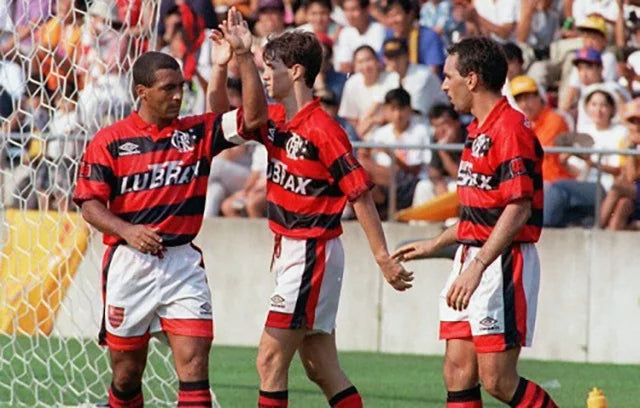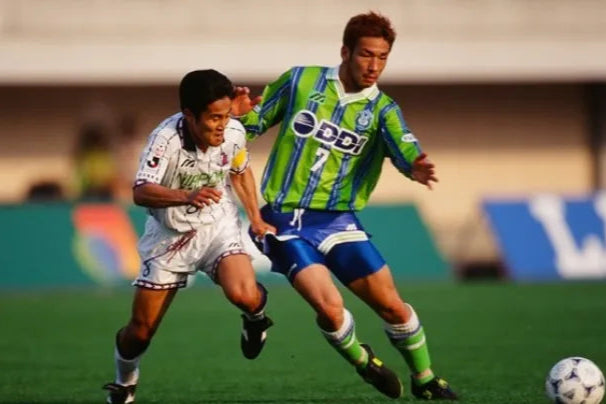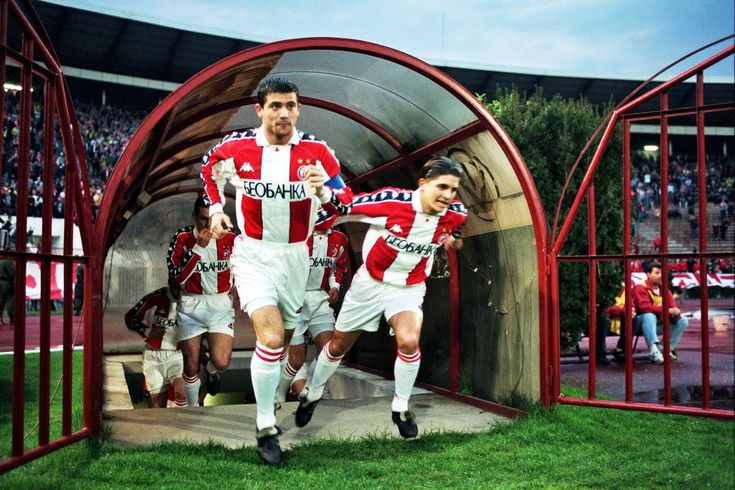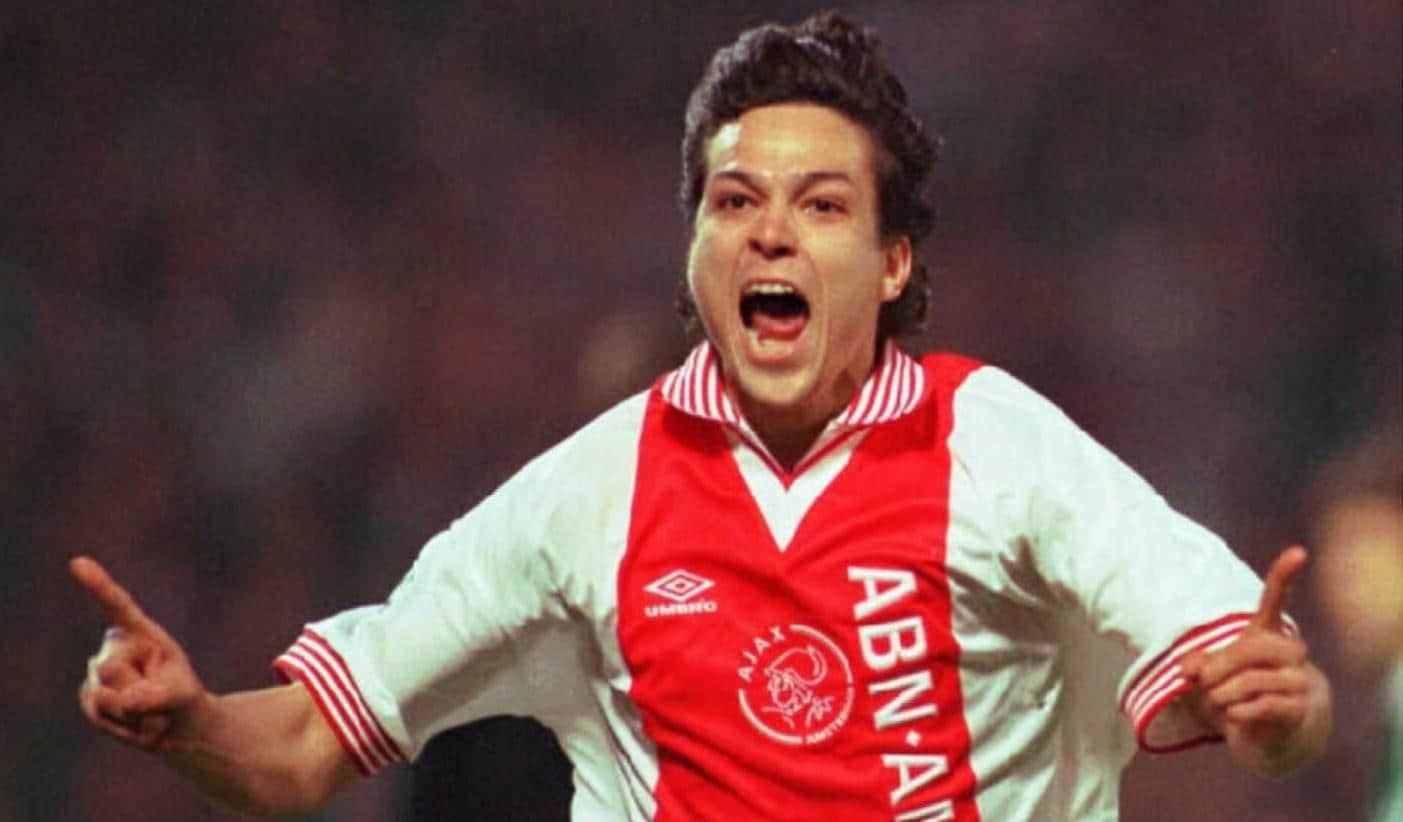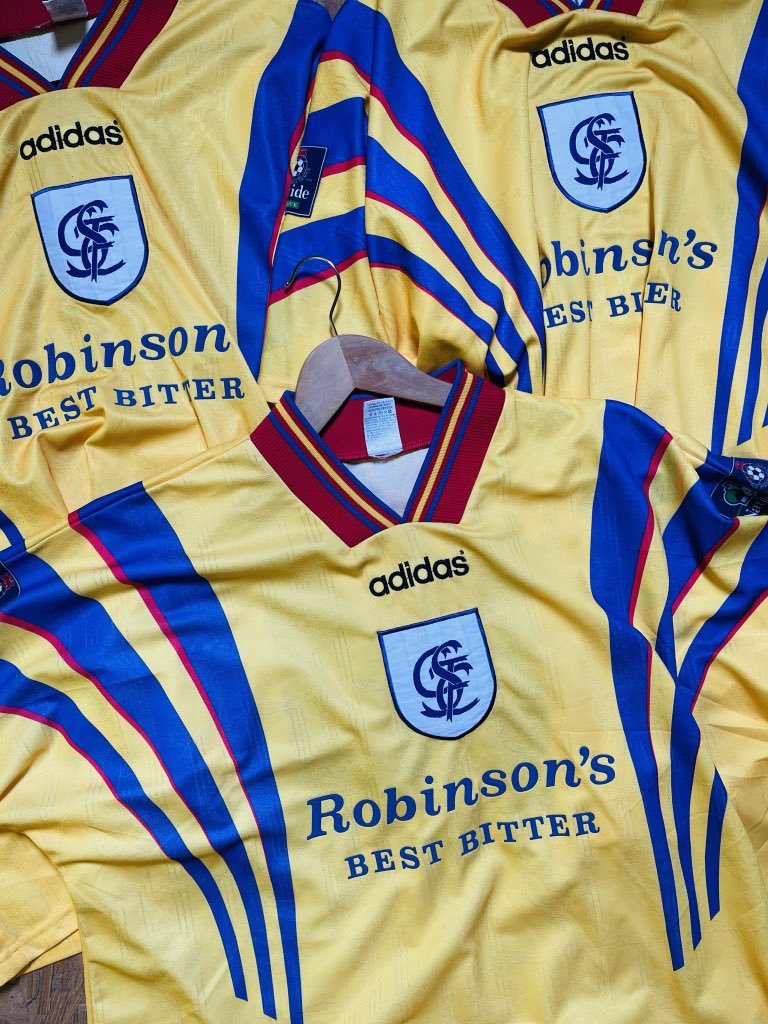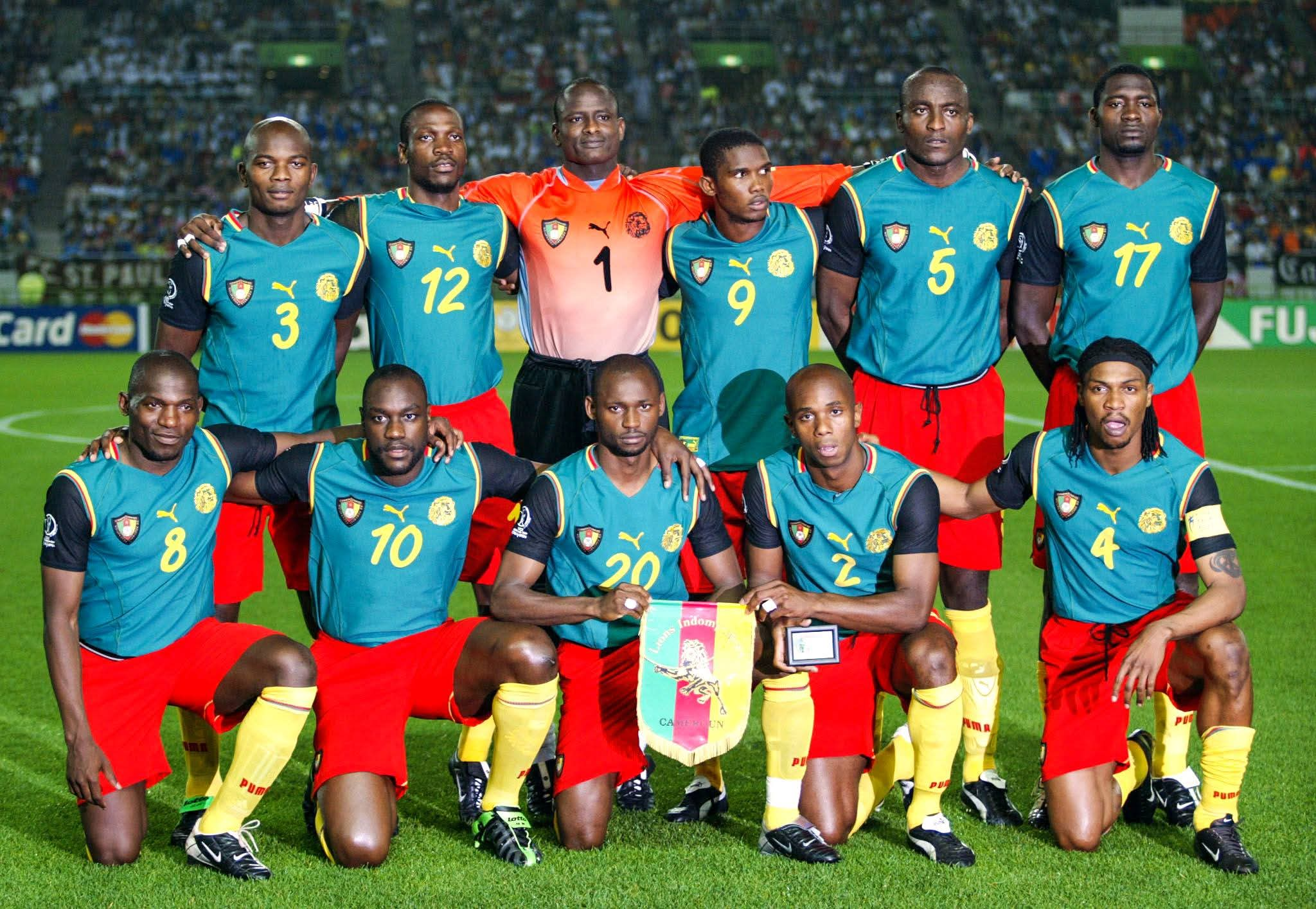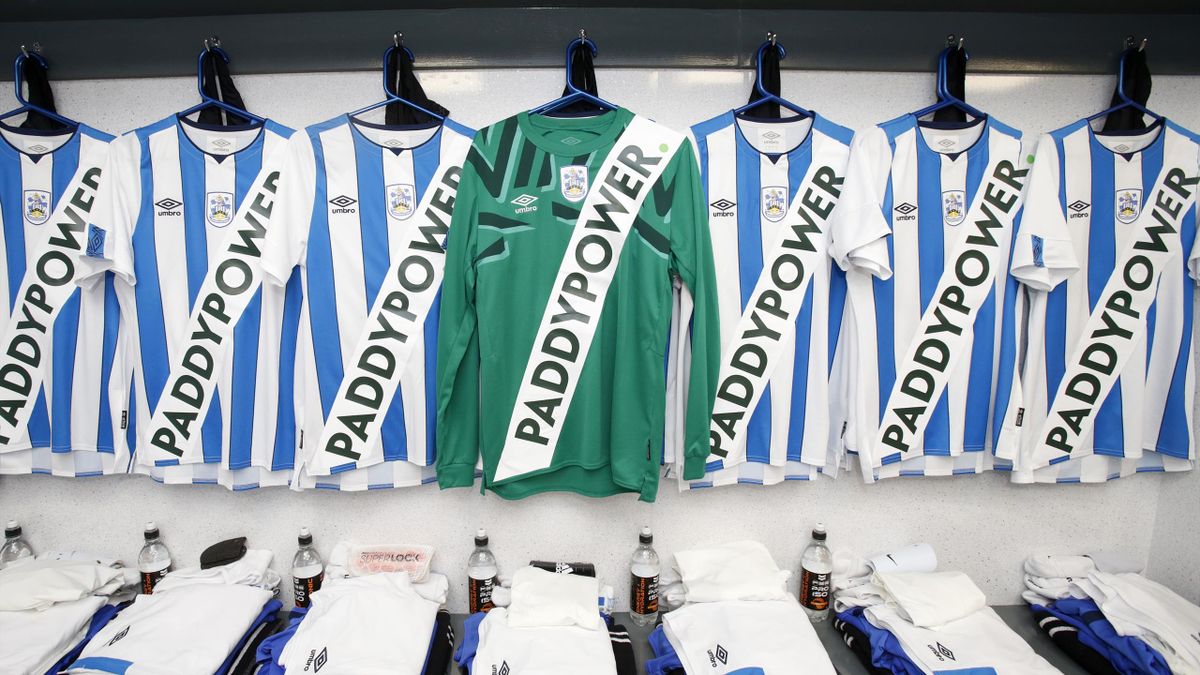
When Huddersfield Town Took a Gamble: The Paddy Power Kit Stunt That Fooled the Football World
In the summer of 2019, Huddersfield Town weren’t just nursing the bruises of Premier League relegation - they were at the centre of the most talked-about kit reveal in recent memory. It was loud. It was garish. It was… fake. And behind it all was Paddy Power, the Irish bookmakers with a taste for the theatrical and a track record of poking the bear.

The kit in question looked like something pulled from the reject bin of a Sunday League side - diagonal green sashes plastered with an enormous “PADDY POWER” across the chest, screaming over the famous blue and white stripes of Town. Huddersfield fans were horrified. Social media erupted. Pundits wagged fingers. The FA even launched an investigation into the size of the sponsor logo. Huddersfield’s official photos, with players standing awkwardly in the oversized monstrosity, only added fuel to the outrage.
But that was exactly the point.
It was all a ruse, part of Paddy Power’s so-called “Save Our Shirt” campaign, a stunt aimed at highlighting the commercialism that’s swallowed football shirts whole. A few days later, the truth was revealed: Huddersfield’s actual 2019/20 shirt would be sponsor-free, pristine blue and white stripes. Clean, classic, unbranded. The gaudy diagonal sash? A decoy. A Trojan horse of trolling proportions.
And it worked. Beautifully.

Paddy Power, the self-styled class clowns of modern football marketing, didn’t pay for ad space on the shirt - they gave it up. The stunt was about making a statement, not just about visibility. “We believe football shirts should be sacred,” their campaign roared, tongue firmly in cheek. The real genius was that by pretending to vandalise the shirt, they created a wave of coverage no traditional campaign ever could.
In a time where sponsors dominate not only the shirt fronts but often the names of stadiums, training grounds, and even youth academies, “Save Our Shirt” struck a nerve. Other clubs Newport County, Motherwell, and Southend United would soon follow Huddersfield’s lead in going sponsorless for the campaign.
But there’s another layer to all of this. Beneath the cleverness and satire, Paddy Power still got what every sponsor wants: attention. Massive, wall-to-wall, front-page, talk-show-level attention. They turned fake outrage into priceless PR. Huddersfield became the unexpected face of anti-commercial purity, despite being bankrolled by one of the most aggressive advertisers in the business.
For Town fans, the real kit, sans sash, became a cult classic. The hoax shirt, meanwhile, achieved a different kind of status: infamous, unloved, unforgettable.
Looking back, it wasn’t just a PR stunt. It was performance art, wrapped in polyester, with a smirk. Paddy Power and Huddersfield Town didn’t just launch a kit that week, they launched a conversation. One about tradition, taste, and just how far we’re willing to go in selling the game we love.
Sometimes, the loudest statement is the one you pretend to shout.

